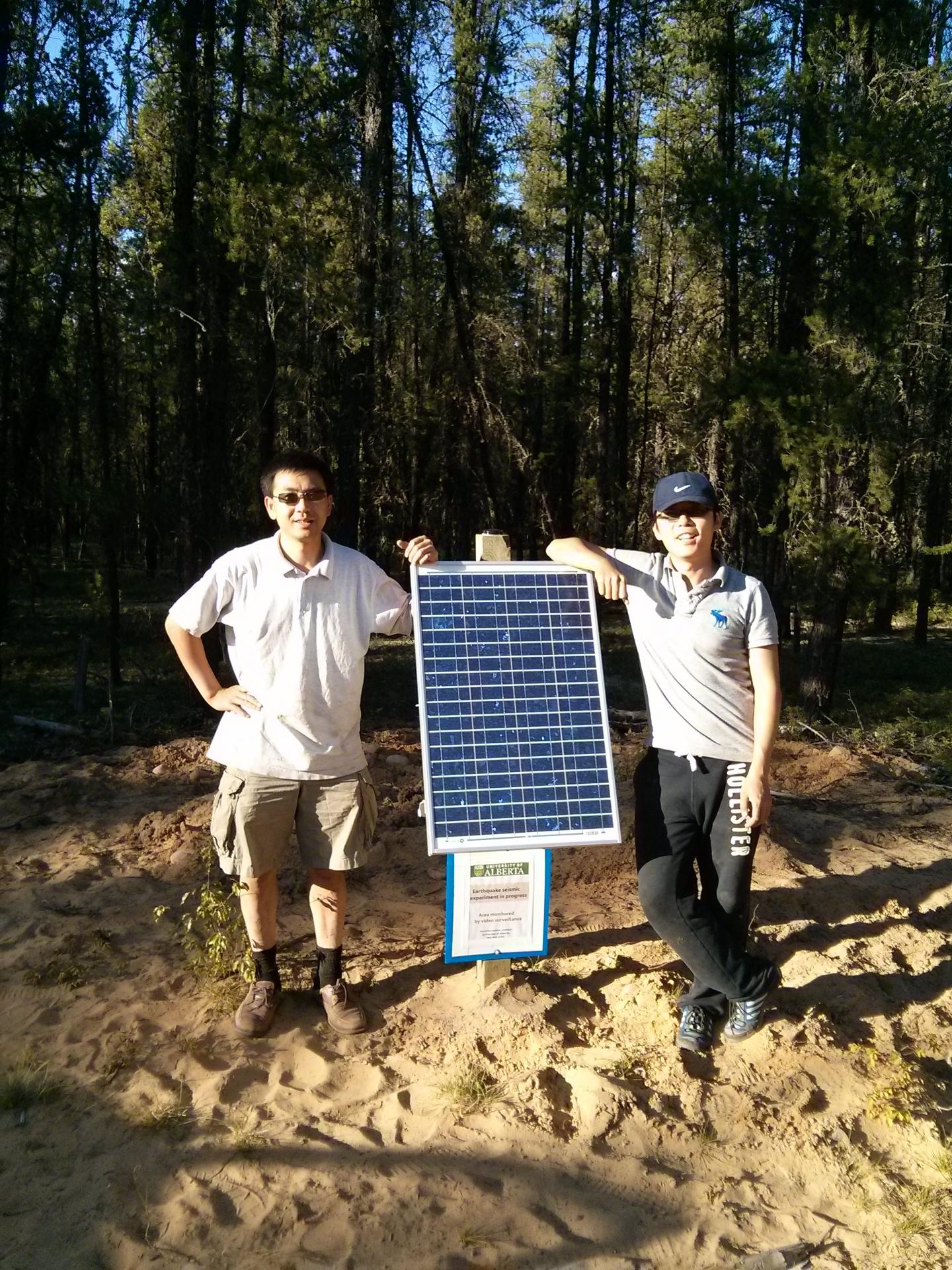
Credit: Jeffregy Gu and Yunfeng Chen
A new study by University of Alberta geologists is proposing a new model for explaining the eruption of diamond-bearing kimberlites in Northern Alberta.
The research demonstrates that 90 to 70 million years ago, the movement of an ancient slab of oceanic rocks buried hundreds of kilometres beneath Earth’s surface caused the eruption of diamond-bearing kimberlite in Northern Alberta.
“We are able to provide a new theory about why we have diamond-bearing kimberlites in Northern Alberta, which has been a source of debate for decades,” explained Yunfeng Chen, who conducted this research as part of his graduate studies with Jeffrey Gu, professor in the Department of Physics. “Our work is based on geological, paleomagnetic, and seismic data from our collaborators both at the University of Alberta and around the world.”
The model enables scientists to match the seismic structures with the time and location of kimberlite eruptions in the area, explaining how these diamonds came to Earth’s surface in the Late Cretaceous period–and providing key insight for those on the hunt for other deposits in the region.
“The kimberlites in Northern Alberta were discovered in relatively young parts of Earth’s crust–an unconventional setting for diamond-bearing kimberlites,” added Chen. “This distant location relative to other major kimberlite groups in North America plus the large variability of compositions further highlight the complex nature of the origins of kimberlite.”
The multidisciplinary study combines the work of geophysical imaging, geochronological dating, and plate motion calculation.
“What we have observed in Northern Alberta is similar to Hawaii,” said Gu. “In both scenarios, a relatively stationary mantle heat source essentially burned through the migrating plates above it, leaving ‘scars’ on the Earth’s surface. Diamonds were carried to the surface through this ‘upwelling’ process.”
A key difference is that the generation of the mantle upwelling in Northern Alberta took place no deeper than 700 kilometres below surface, whereas the ongoing Hawaii ‘plume’ appears to have occurred much deeper, at approximately 2,900 kilometres under Earth’s surface.
###
This study also involves researchers from the Commonwealth Scientific and Industrial Research Organization (CSIRO), Curtin University, and National Taiwan University. This work was supported by grants from the Natural Sciences and Engineering Research Council of Canada (NSERC) and Future Energy Systems (FES) at the University of Alberta.
The paper, “Reconciling seismic structures and Late Cretaceous kimberlite magmatism in northern Alberta, Canada” was published in Geology (doi: https:/
Media Contact
Katie Willis
[email protected]
Original Source
https:/
Related Journal Article
http://dx.





